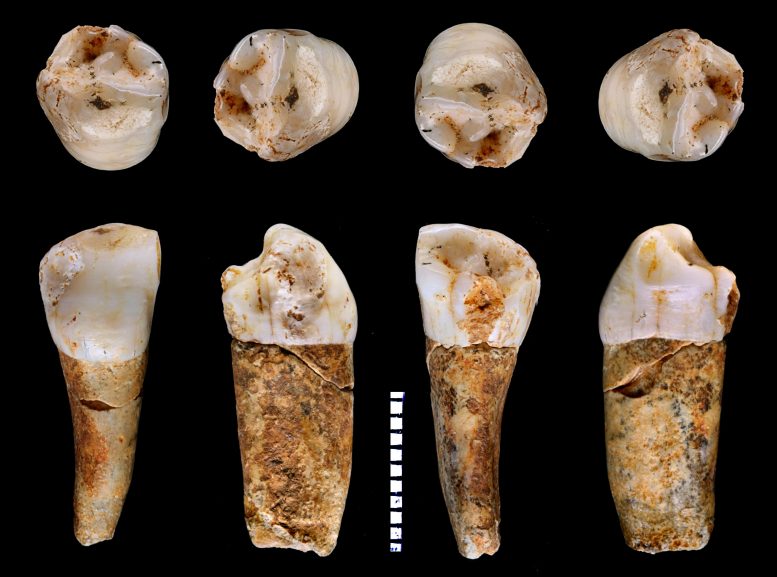
A Neanderthal premolar tooth from the Almonda cave system, Portugal, seen from different angles. Isotopes of strontium were used to track the movement of this individual over the 2 to 3 years the enamel took to form. Credit: João Zilhão
An international group of researchers, led by the University of Southampton, has offered a fascinating look into the hunting strategies and dietary habits of Neanderthals and other human groups residing in Western Europe.
The team scrutinized the chemical composition preserved within tooth enamel to reconstruct the lifestyle of prehistoric individuals in relation to their local environment. The study focused on the Almonda Cave network, situated near Torres Novas in the heart of Portugal, dating back nearly 100 thousand years.
Their findings, published in the journal PNAS, show Neanderthals in the region were hunting fairly large animals across wide tracts of land, whereas humans living in the same location tens of thousands of years later survived on smaller creatures in an area half the size.
Strontium isotopes in rocks gradually change over millions of years because of radioactive processes. This means they vary from place to place depending on the age of the underlying geology. As rocks weather, the isotopic ‘fingerprints’ are passed into plants via sediments, and make their way along the food chain – eventually passing into tooth enamel.
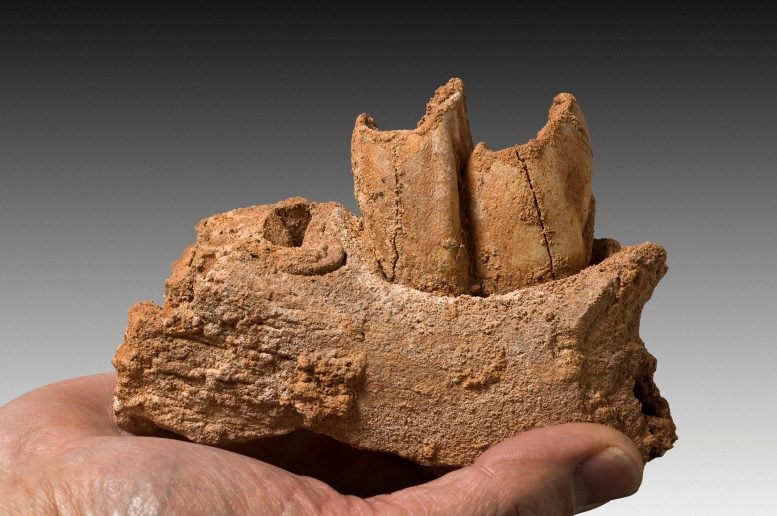
Part of a mandible of an extinct species of Rhinoceros hunted by Neanderthals around the landscape of the Almonda Caves, Portugal. Isotopic analysis showed Rhinoceros were present all year round within about 30km of the caves. Credit: José Paulo Ruas
In this study, archaeologists used a technique that laser samples enamel and makes thousands of individual strontium isotope measurements along the growth of a tooth crown. Samples were taken from two Neanderthals, dating back about 95,000 years, and from a more recent human who lived about 13,000 years ago, during the Magdalenian period.
The scientists also looked at isotopes in the tooth enamel of animals found in the cave system. Alongside strontium, they measured oxygen isotopes, which vary seasonally from summer to winter. This enabled them to establish not only where the animals ranged across the landscape, but in which seasons they were available for hunting.
The team showed that the Neanderthals, who were targeting large animals, could have hunted wild goats in the summer, whereas horses, red deer, and an extinct form of rhinoceros were available all year round within about 30 kilometers of the cave. The Magdalenian individual showed a different pattern of subsistence, with seasonal movement of about 20 kilometers from the Almonda caves to the banks of the Tagus River, and a diet that included rabbits, red deer, wild goat, and freshwater fish.
The researchers approximated the territory of the two different human groups, revealing contrasting results. The Neanderthals obtained their food over approximately 600 square kilometers, whereas the Magdalenian individuals occupied a much smaller territory of about 300 square kilometers.
Lead author, Dr Bethan Linscott who conducted the research while at the University of Southampton and who now works at the University of Oxford said: “Tooth enamel forms incrementally, and so represents a time series that records the geological origin of the food an individual ate.
“Using laser ablation, we can measure the variation of strontium isotopes over the two or three years it takes for the enamel to form. By comparing the strontium isotopes in the teeth with sediments collected at different locations in the region, we were able to map the movements of the Neanderthals and the Magdalenian individual. The geology around the Almonda caves is highly variable, making it possible to spot movement of just a few kilometers.”
Co-author, Professor Alistair Pike of the University of Southampton, who supervised the research said: “This study shows just how much science has changed our understanding of archaeology in the past decade. Previously, the lives and behaviors of past individuals were limited to what we could infer from marks on their bones or the artifacts they used. Now, using the chemistry of bones and teeth, we can begin to reconstruct individual life histories, even as far back as the Neanderthals.”
Co-author, Professor João Zilhão of the University of Lisbon, who led the excavation of the Almonda caves said: “The difference in the territory size between the Neanderthal and Magdalenian individuals is probably related to population density. With a relatively low population, Neanderthals were free to roam further to target large prey species, such as horses, without encountering rival groups. By the Magdalenian period, an increase in population density reduced available territory, and human groups had moved down the food chain to occupy smaller territories, hunting mostly rabbits and catching fish on a seasonal basis.”
Reference: “Reconstructing Middle and Upper Paleolithic human mobility in Portuguese Estremadura through laser ablation strontium isotope analysis” by Bethan Linscott, Alistair W. G. Pike, Diego E. Angelucci, Matthew J. Cooper, James S. Milton, Henrique Matias and João Zilhão, 8 May 2023, Proceedings of the National Academy of Sciences.
DOI: 10.1073/pnas.2204501120

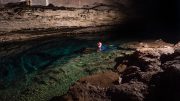
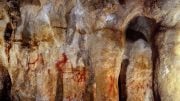
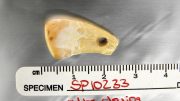
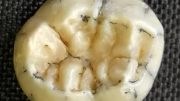



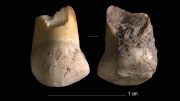
Be the first to comment on "The Intriguing Lifestyle of Neanderthals – Tooth Enamel Reveals New Clues"